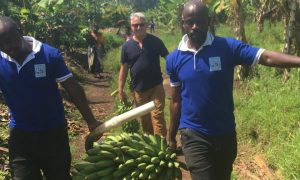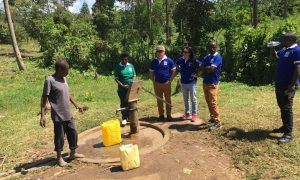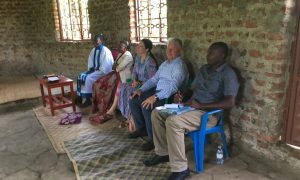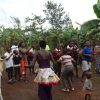In 2018, an estimated 1.4 million people were living with HIV, and an estimated 23,000 Ugandans died of AIDS-related illnesses.
The epidemic is firmly established in the general population, As of 2018, the
estimated HIV prevalence among adults (aged 15 to 49) stood at 5.7%.
Women are disproportionately affected, with 8.8% of adult women living with HIV compared to 4.3% of men.
Other groups particularly affected by
HIV in Uganda are sex workers, young girls and adolescent women, men who have sex with men (gays) and also Uganda’s transient fishing communities.
There has been a gradual increase in the number of people living with HIV
accessing treatment In 2013.
Uganda reached a tipping point whereby the number of new infections per year was less than the number of people beginning to receive antiretroviral treatment.
However, latest research shows as of
2018 around 27% of adults living with HIV and 33% of children living with HIV were still not on treatment.
HESAI‘s health and medical department led by Dr Gilbert Ategeka conducted research in our community to find out why some people don’t go for HIV testing and Counseling.

We found out that some people are abused and descriminated in the societies after finding out they are HIV Positive so this discourages others to go for HIV testing and counseling.
We also found out that poverty and lack of money as the main cause of increased prostitution among young women and girls thus increasing HIV prevalence rate.
As HESAI we have started encouraging people to go for HIV testing and Counseling, We are also teaching people to support and help those who are HIV positive insteady of descriminating them.

Dr Gilbert Ategeka in his own words says
Having HIV is not end of the road for patients as long as they follow doctors advice correctly, i have seen people who have lived with HIV for a decade but they are health and energetic simply because they follow doctors advice, thats why i encourage everyone to seek medical advice when its too early….
HESAI we have started income generating activities in the community as the way of fighting poverty among young people which we believe it can reduce HIV Prevalence rate.






















